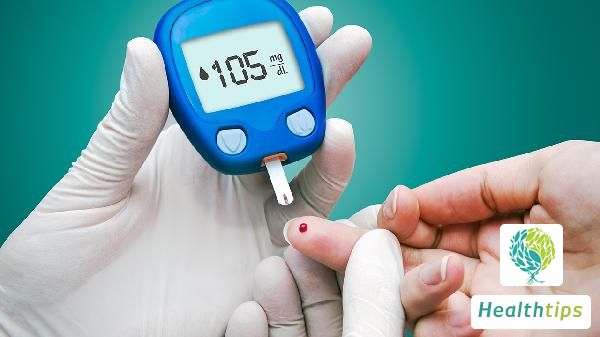Why Does an 8-Year-Old Experience Intermittent Pain Around Their Belly Button?
Abdominal pain is a common phenomenon in daily life. Due to the poor resistance of children's bodies, they are prone to various illnesses, which manifest as abdominal pain. Abdominal pain needs to be judged based on the location and characteristics of the pain, which can lead to initial conclusions. In life, some children experience intermittent pain around their belly button. So, what is the reason for intermittent pain around the belly button of an 8-year-old child? Let's take a look.

If an 8-year-old child experiences pain around the belly button, it can be divided into two situations:
1. This situation may be more common clinically, with intermittent abdominal pain that is severe when it occurs but completely normal during the intermittent period. The child may want others to rub their belly, which can provide some relief. This is mostly caused by intestinal spasms, often due to indigestion or exposure to cold.
2. Another situation is intermittent pain around the belly button that may gradually worsen. The child may not want others to touch or rub their belly, as it may increase the pain. This situation may indicate surgical abdominal pain, such as early appendicitis, which can start as pain around the belly button and gradually shift to the right lower abdomen.
The area around the belly button is the location of the intestines, and there are also organs such as the liver, gallbladder, and pancreas nearby. If there is frequent protrusion or pain around the belly button, it may be related to health issues such as enlarged lymph nodes or enteritis. Changes in stool consistency may be closely related to enteritis, so it is recommended to undergo a stool routine test at a hospital to determine the specific cause of discomfort or pain around the belly button. If there is unexplained pain but no obvious abnormalities in the stool, it is necessary to consider whether there are lesions in the liver, gallbladder, or pancreas. Therefore, further abdominal ultrasonography should be performed to observe whether there are obvious abnormalities such as enlargement or tumors in the liver, gallbladder, and pancreas. If necessary, laparoscopy should also be combined to determine the specific cause of the pain. If a tumor is found, further pathological examination is needed to determine whether it is benign or malignant.



















